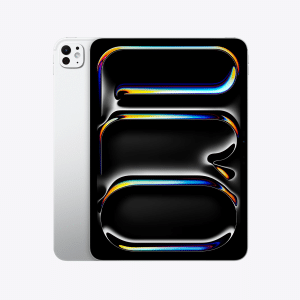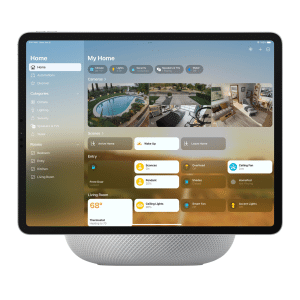A new patent application published today, according to Appleinsider.com shows that Apple is planning to charge it’s portable devices in the future with an electromagnetic induction system aka “shake to charge”. This technology is nothing new when it comes to powering small devices like flashlights and radios, but the idea of powering something like a smartphone is very new.
“Apple’s invention proposes the use of printed coils with one or more moveable magnets, a reversal of the traditional configuration in which the heavy copper coil moves across a stationary magnet. The magnets in Apple’s system move alongside a circuit board holding printed coils to create an “electromotive force,” or voltage, across said coils which can be used to generate power.
Key to the system’s functionality is the creation of the printed coils, which Apple claims can be formed using any technique for printing modern circuit boards. As an example, printed coils can be formed by “depositing copper on a substrate to form traces in the shape of coils” or “selectively etching copper from a substrate” to achieve the same effect.”

In order to produce the required juice to power these devices, the circuit board can contain multiple layers onto which the printed coils are formed. The multiple layers are coupled together using vias, or electrical connectors, to produce a coil array. “Apple notes that in one embodiment the coil array can be formed from stacks of circuit boards.”
“A magnet or set of magnets are allowed to move freely alongside the circuit boards to generate an electromotive force across the coils. In one embodiment, the invention calls for a housing to guide the magnets, in which a lubricant is introduced to facilitate free movement. “
When the magnets move across the printed coils from a user shaking the device, or by moving it through normal use, an electric current is formed. After moving through power conditioning circuitry, the generated electric current is stored in either a large capacitor or battery that is connected to a control circuit.
The current state of the technology isn’t advanced enough to power a device like the iPhone. Although with electronic components becoming more and more efficient with time, this technology could very well power such a device. While it is still unclear whether Apple will one day use this technology to power their devices, it is clear that they see this as a viable possibility.
Photo Source: Appleinsider.com











